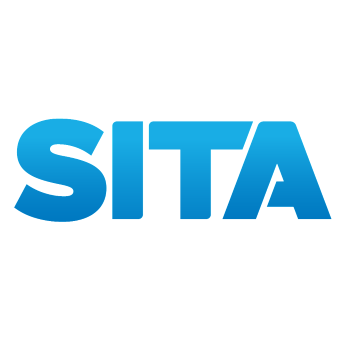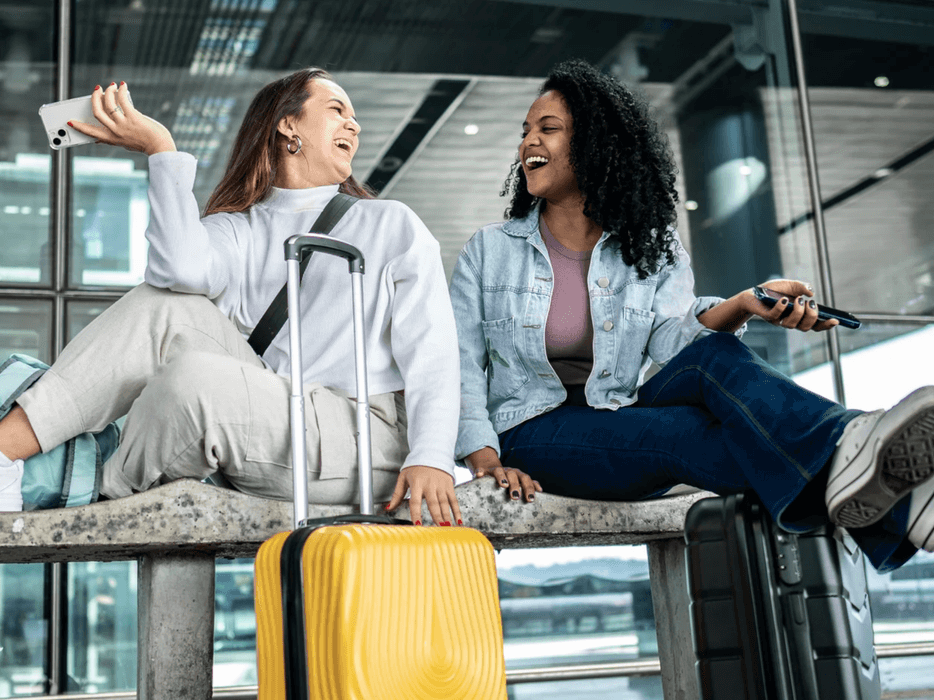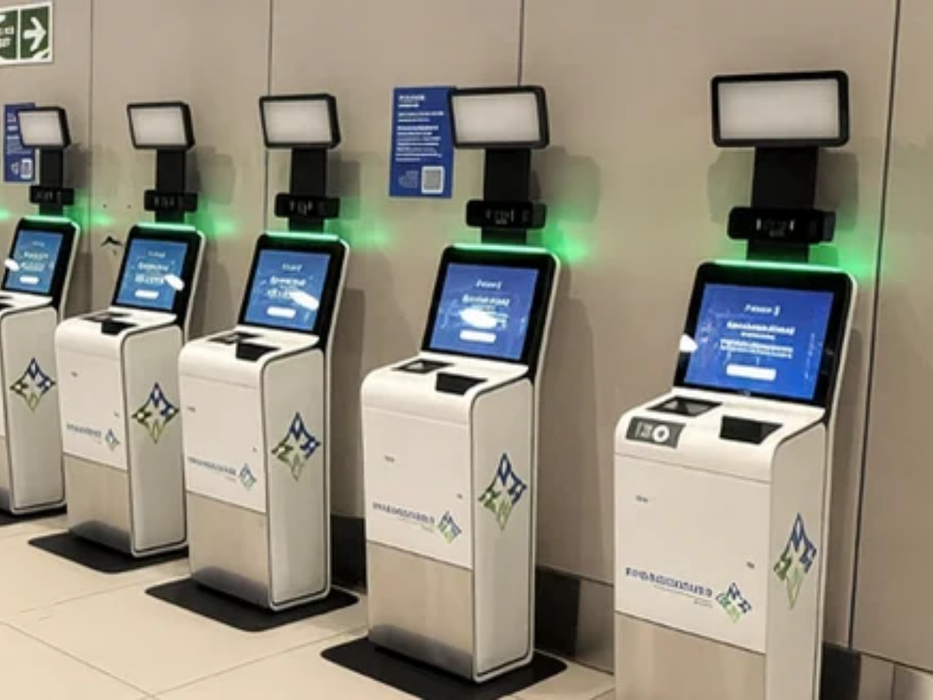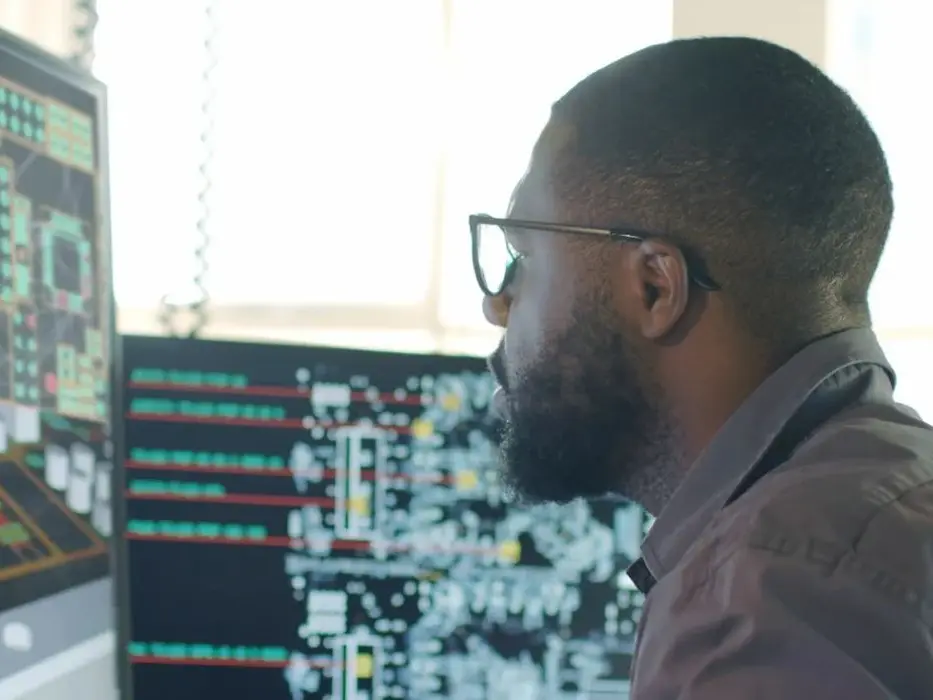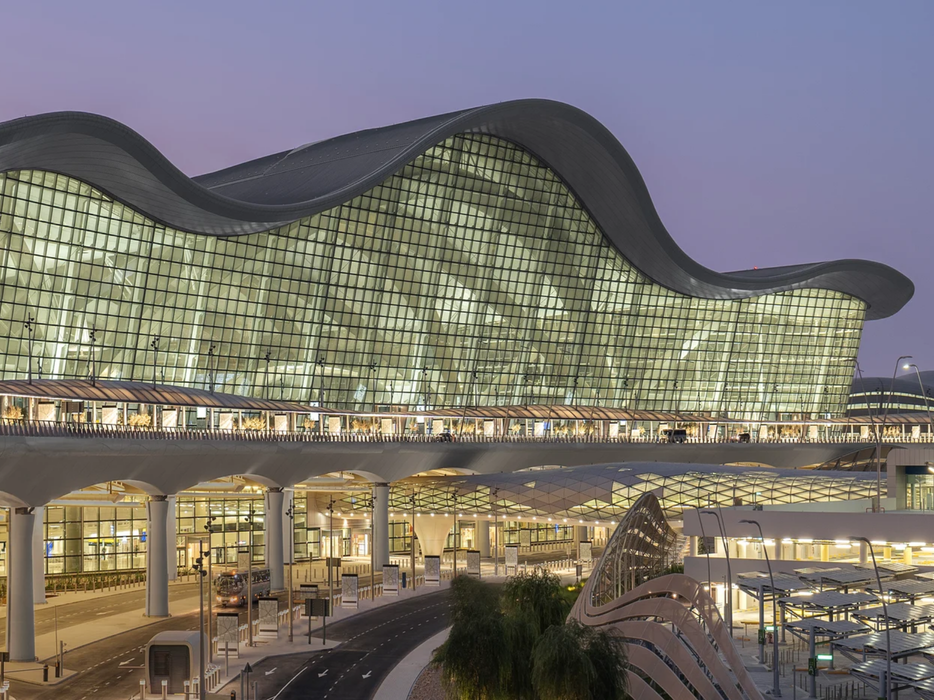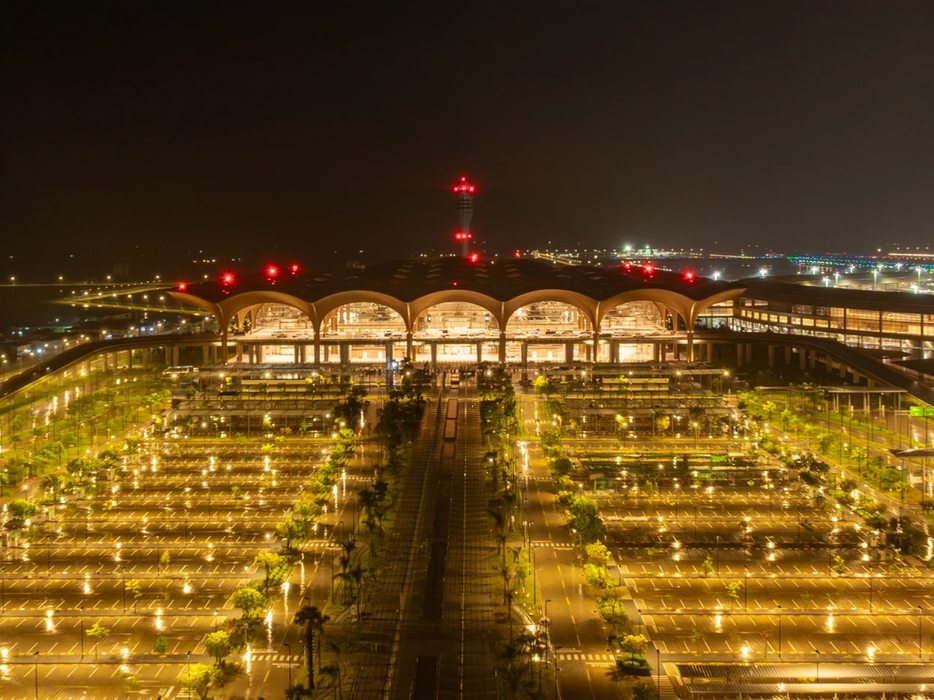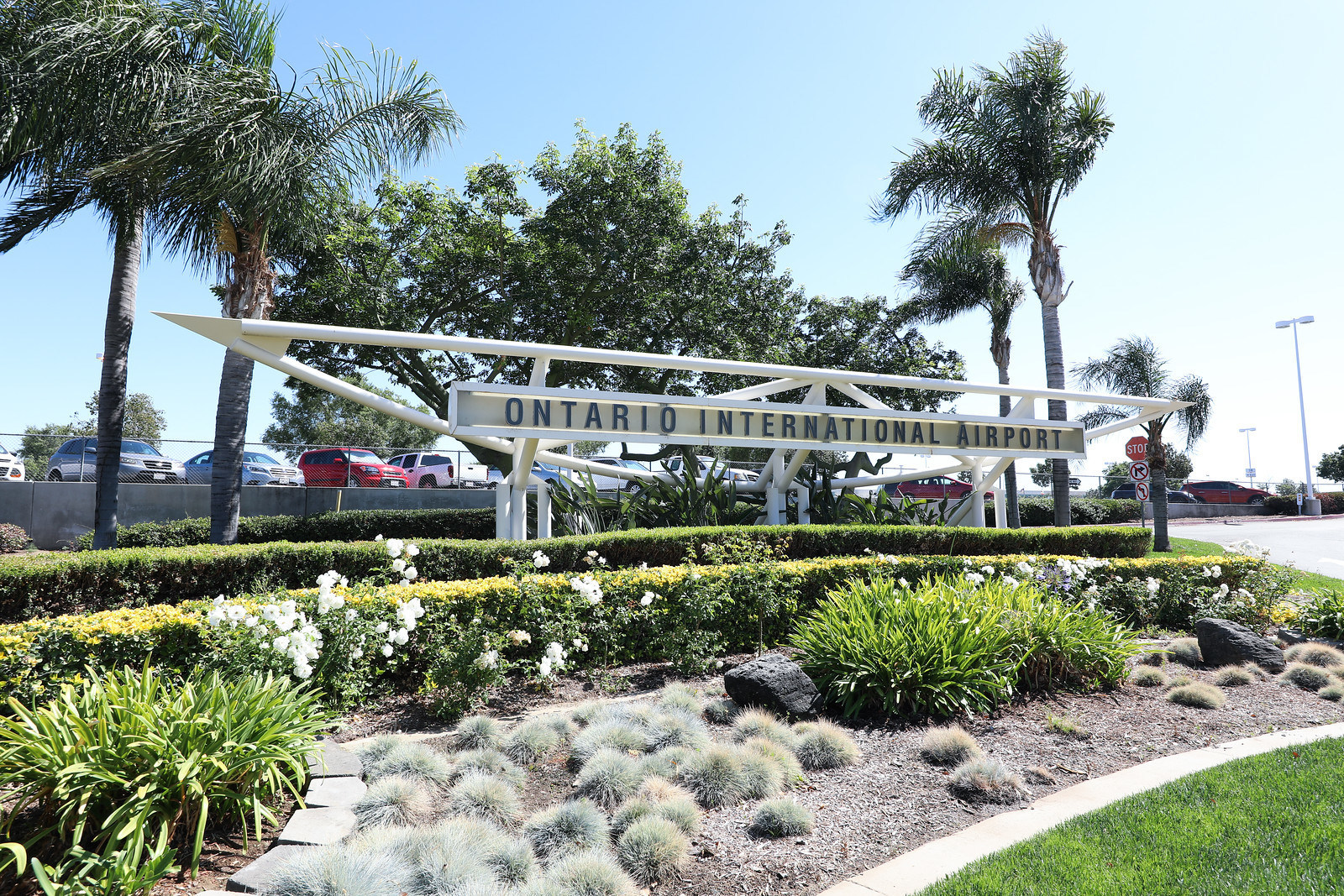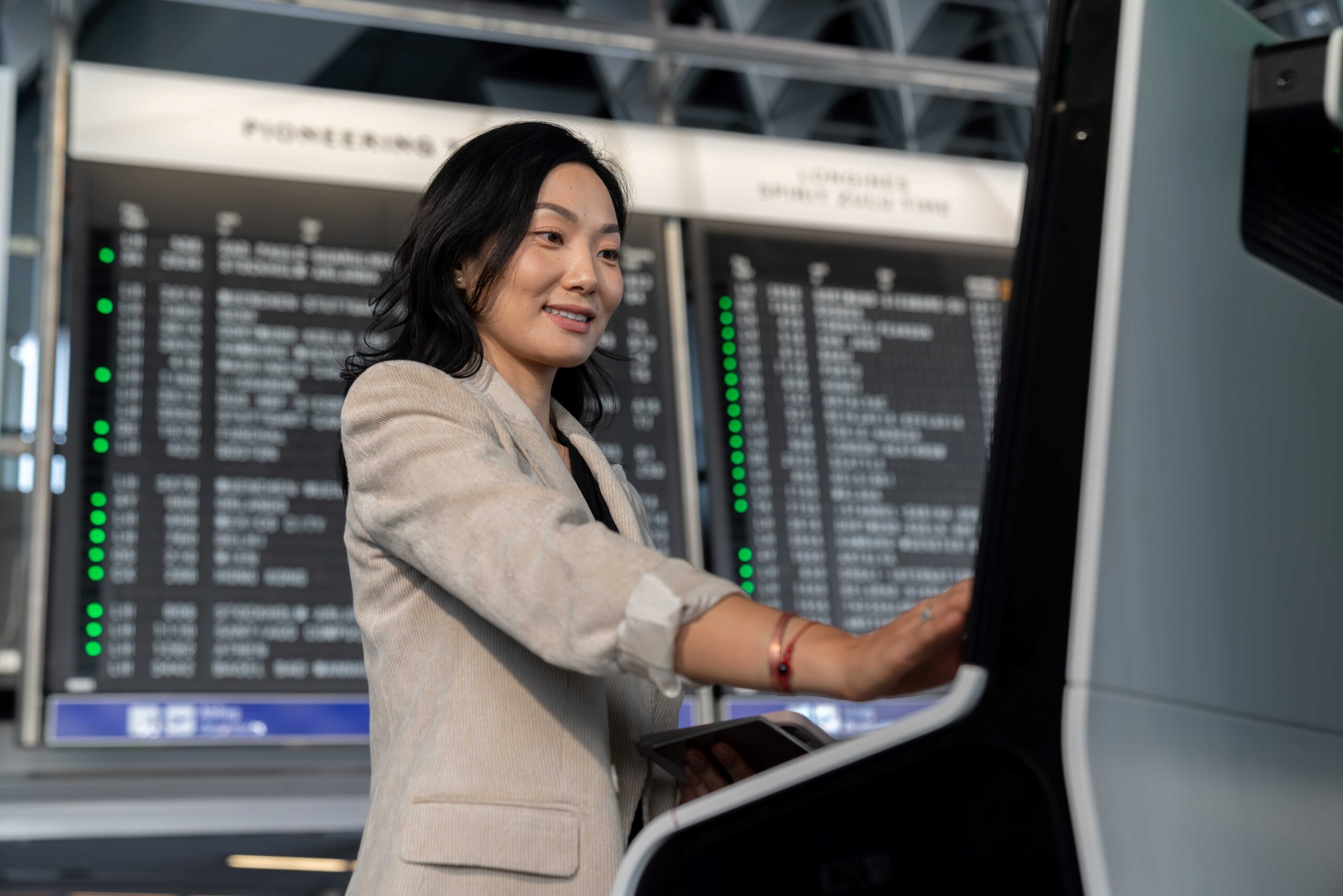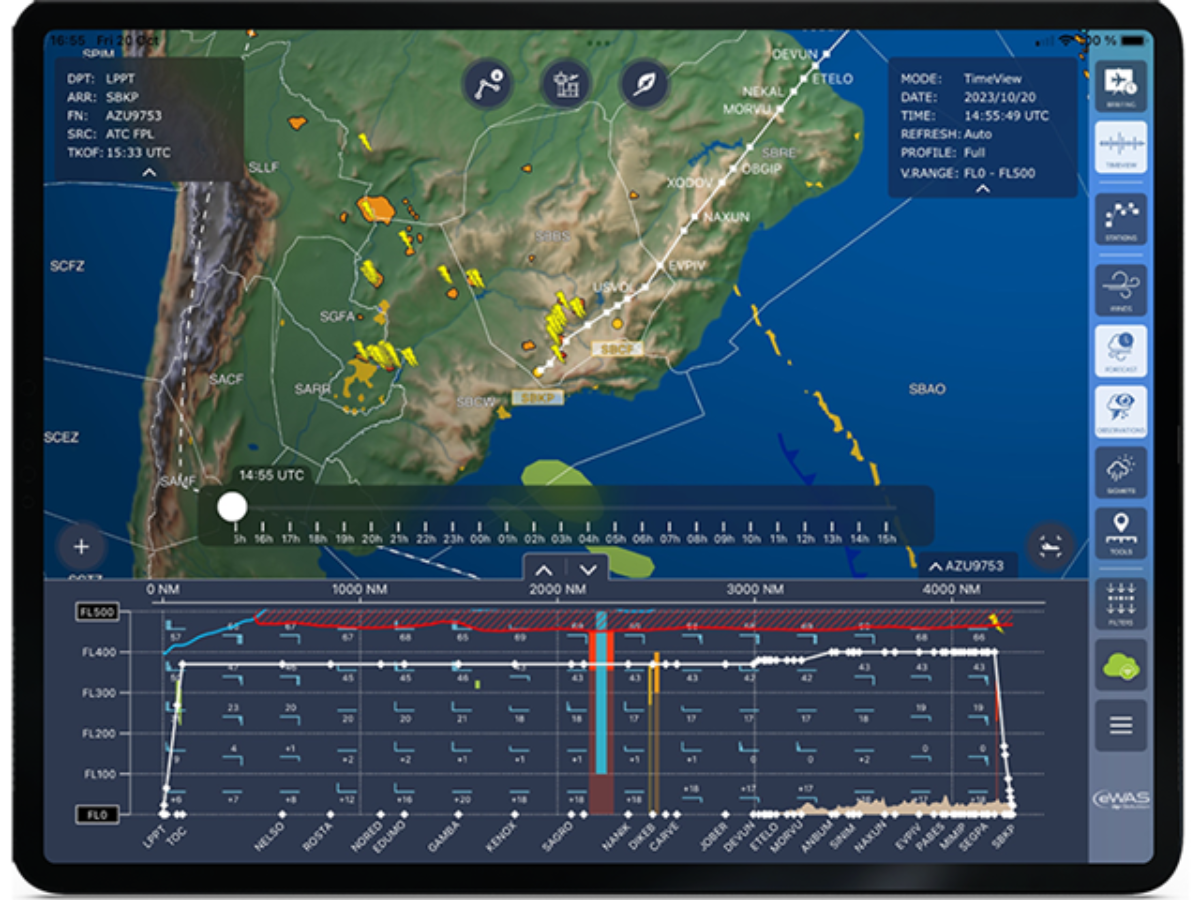Digitalizing Brazil’s Border Processes: A Win-Win for Government Agencies and Travelers Alike
by Dr. Carlos Kaduoka Head of Business Strategy and Transformation for the Americas, SITA.
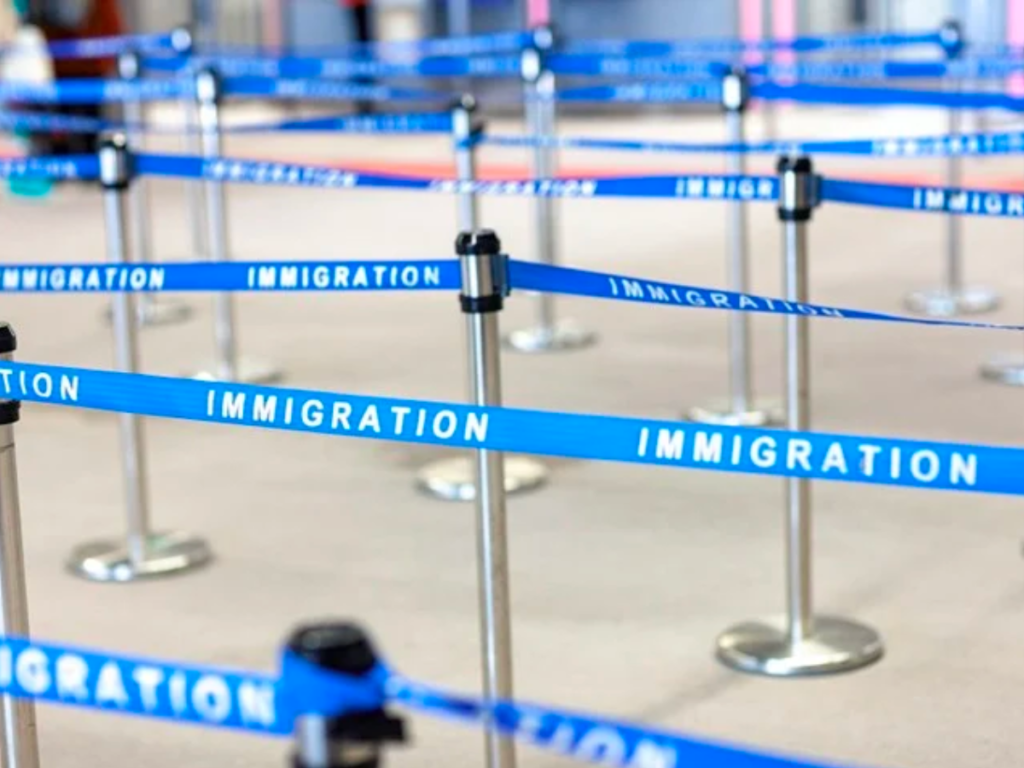
Home to some of Latin America’s most attractive destinations, Brazil is seeing an impressive rebound in its tourism economy post-pandemic. Tourism accounted for 7.6% of Brazil’s GDP1 in 2022 (close to the 8% seen in 2019, when the tourism sector contributed 7.5 million jobs to the economy), and Brazil was the fifth most-visited country in Latin America that year, with 3.6 million international arrivals.
This follows an exciting decade of growth in international visitors to the country as it played host to the FIFA World Cup followed by the summer Olympic Games, and with globally renowned annual events like Carnival, interest in visiting the country shows no sign of abating.
Digitalisation for Seamless and Secure Travel
So how can the country best position itself to welcome visitors as effortlessly and securely as possible and prepare for continued growth? For Brazil’s government agencies, various setbacks and technological challenges in recent years have meant that several stages of international travel including visa approvals and travel authorization applications are still saturated by manual processes.
Beyond the inefficiencies this introduces, reliance on paper-based methods can make verification processes vulnerable to fraud, an important consideration in light of the nearly 3.9 million identity fraud attempts experienced by Brazilians in 2022 (according to a study by Serasa Experian).
Furthermore, SITA’s latest Passenger IT Insights research reveals that today’s travelers are hungry for digital solutions facilitating a seamless experience of crossing international borders. Nearly one fifth of passengers surveyed pointed to “automated checks before the airport ensuring documents are sufficient to pass border checks” as a potential improvement to the booking process. Passengers are also reporting high levels of comfort with biometric identification throughout the journey as well as continuing to embrace the use of mobile at key journey stages, reflecting a rising desire for the frictionless travel experience these technologies facilitate.
Digitalization is the answer for ushering in a new era of travel to and from Brazil, making it even easier for the tourism sector to thrive. At SITA we have developed our integrated set of border management capabilities with the security of land, sea, and air borders, protecting a country and its citizens, front of mind.
We pride ourselves on extensive experience working closely with the complex biometric identity requirements of governments across the globe, from helping lead the way in integrating United States Customs & Border Protection’s Traveler Verification Service with airline boarding processes, to launching India’s first biometric boarding experience as part of its Digi Yatra initiative. And with recent successes facilitating next-generation immigration processes for major Caribbean destinations Jamaica and Aruba, we have the tried-and-tested tools to boost efficiency, security, and seamlessness for Brazil’s government agencies and travelers alike.
Advancing Passenger Movement and Immigration Processes
Traditional immigration processes have seen immigration, customs, and health data from each traveler entering Brazil collected through separate online platforms, requiring multiple time-consuming steps from travelers. SITA’s Digital Travel Declaration system consolidates these processes, providing a single easy, efficient, and secure platform for passengers to submit all required documentation and data and receive travel authorization.
With the ability to automate verification processes and certify that travelers have the right documents to travel before they even arrive at the airport, the technology helps avoid long queues at the airport, benefitting the passenger experience and alleviating the hassle of checks upon arrival for local airport teams. The solution can also be adapted and reconfigured as the Brazilian government’s entry requirements shift over time.
The recent implementation of SITA Digital Travel Declaration in top Caribbean destination Jamaica has supported the post-pandemic resurgence of the country’s tourism sector. Adapting to Jamaica’s specific regulations, the solution has worked to simplify entry requirements for travelers and boost efficiency for the government agencies verifying their documentation.
Future-Proofing Borders
Governments globally are shifting to modern travel authorization solutions, like electronic visas and Electronic Travel Authorizations (ETAs). According to the World Travel & Tourism Council (WTTC), traditional visas – applications made via a consulate or embassy – decreased from 77% in 2008 to 53% in 2018.
Clearly there is a growing demand for digital travel solutions, and the benefits of these technologies offer major advantages to the Brazilian market in particular: improved security, reduced administrative burden, easier travel, and increased visitor flows, promoting spending that benefits local economies and creates employment. The World Travel and Tourism Council (WTTC) and the World Tourism Organization (UNWTO) have revealed that the implementation of an electronic visa increases the number of tourists in a country by approximately 8.1%. In addition, IATA’s Global Passenger Survey shows that 66% agree that applying for a travel authorization online, before traveling, is the best way to obtain a visa.
SITA’s recently launched Electronic Visa (eVisa) and Electronic Travel Authorization (ETA) solutions offer an innovative modular contribution: a mobile capability allowing travelers to make applications, answer any required questionnaires, and provide their biometric information using their personal devices before they travel. In addition to biometric enrollment, the mobile passport scan functionality provides secure digital capture of traveler biographic information that is crucial for government agencies’ risk assessment of incoming travelers.
For travelers, this is simpler, more convenient, and less time-consuming than applying for more complex traditional or on-arrival visas. For governments, they can improve their adjudication with biometric and biographic checks of the applicant’s identity, a major step towards limiting fraud. And for airlines, the addition of SITA’s API PNR Gateway solution allows them to also benefit from the seamless flow of data for easy collaboration with governments on ensuring passengers are cleared for entry and exit.
For one major country using SITA’s eVisa and ETA solutions, 96% of applications result in the automatic issuance of an authorization, and 99% of all applications are successfully processed in less than 12 hours. The savings in terms of time and effort help travelers get into holiday mode from the start of their journey, and simultaneously free up border teams to focus on more complex tasks while alleviating concerns of fraud.
With innovative solutions to challenges at the border promising greater efficiency, security, and seamlessness for both government agencies and travelers, Brazil has the opportunity to lead by example for the Latin America and Caribbean region in future-proofing its borders and facilitating a next-generation immigration experience. We at SITA are here to help.
This article was originally published by SITA.
1 based on data from Oxford Economics, UNWTO, and national sources.


